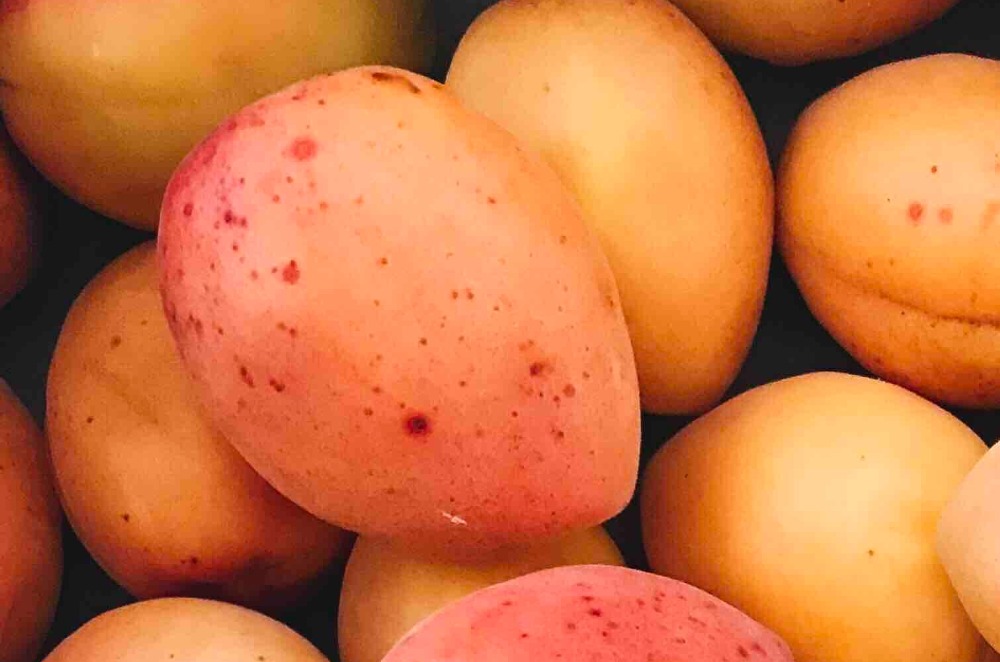
In W43 in the mango landscape, Mexico's Ministry of Agriculture and Rural Development has declared a northeastern region in Tepic, Nayarit, an area of low prevalence of fruit flies, particularly the genus Anastrepha. This designation covers approximately 1.15 thousand hectares (ha) of mango orchards, primarily cultivated by small and medium-sized producers. Nayarit is the third-largest mango producer in Mexico, contributing 15.5% of the country's total mango volume. The region's low prevalence status is the result of rigorous adherence to phytosanitary measures in orchards and regulations governing the movement of fruit to prevent fruit fly infestations. This recognition allows local mango producers to access new domestic and international markets and secure better prices for their produce, thus fostering community development. The designation is valid for 24 months, during which producers must maintain pest control efforts and continue to regulate the movement of fruits within areas of low fruit fly prevalence.
In the São Francisco Valley, mango prices for both Palmer and Tommy varieties have decreased during W43. The price drop is due to a slight increase in Tommy mango volume in São Paulo, affecting the market. Palmer mangoes were sold at an average of USD 0.64 per kilogram (BRL 3.21/kg), reflecting a 3% week-on-week (WoW) decline, while Tommy mangoes were priced at USD 0.34/KG (BRL 1.70/kg), marking an 8% WoW decrease. Despite not having a significant increase in total supply, the start of the harvest in São Paulo impacted prices. Palmer variety prices are relatively stable due to exports to Europe and the absence of local harvest for this variety in São Paulo.
Peru's fruit agribusiness, particularly in the La Libertad region, is facing significant challenges due to high temperatures and water shortages caused by the El Niño Phenomenon. As a result, there has been a substantial reduction in the production of key fruits, including blueberries (50% reduction), avocados (20% reduction), and mangoes (75% reduction). This decline has led to a significant loss of jobs, and there is a potential for thousands of layoffs in the coming months. The Association for Sustainable Agricultural Development (ADAS) has called upon the Peruvian government to take immediate action to reactivate private investments that can help preserve employment and stimulate economic development.
China's General Administration of Customs announced the approval of fresh mango imports from mango-producing areas in Laos. In order to meet Chinese quarantine requirements, mango orchards intending to export to China must adhere to Good Agricultural Practices (GAP) and Integrated Pest Management (IPM). Measures include clearing orchards of fallen and rotten fruits, ensuring that fallen fruits are not mixed with commercial ones during harvest, maintaining pest monitoring and control records, and conducting heat treatment processes to eliminate potential pests.
Lastly, Vietnam's mango exports to South Korea have increased by 19.6% year-on-year (YoY), with 1.70 thousand tons exported in the first nine months of 2023, valued at USD 7.2 million, reflecting an 18.1% YoY increase. Although these numbers show growth, Vietnamese mangoes account for only 7.3% of South Korea's total mango imports, leaving substantial room for expansion in the Korean market. South Korea's fruit landscape is changing due to rising temperatures, decreasing the area for traditional fruit tree cultivation. This shift is leading South Korea to focus on tropical fruits like mangoes and passion fruit, creating significant opportunities for Vietnamese mango exports to a market with strong purchasing power.



